How do I select the correct Mechanical Steering System?
Selecting the proper steering system for a boat is crucial to ensuring the proper functioning of the system and importantly the safety of the boat.
What are the options?
- Mechanical Steering Systems
- Hydraulic Steering Systems
When looking at the difference between Hydraulic and Mechanical Steering Systems, the following need to be considered:
- Boat length
- Boat speed
- Engine type
- Engine power
- Displacement
- Hull type
For lower power engines (typically below 150Hp) Mechanical Steering Systems are recommended.
Higher Engine Power or Boat Speed increases the load on the Steering system due to higher torque generated by the propeller, thereby requiring use of Hydraulic Steering System.
Hydraulic Steering can be used in other applications as well, where the helmsman desires lower effort.
There are various types of Mechanical Steering Systems to choose from:
ROTARY STEERING
Reduction Gear Design
This design uses only two gears wherein one gear meshes externally with the drum and moves the inner helical core of the steering cable. Reduction Gear design is a sturdy design but lacks the advantage of compactness.
The helm shaft is attached to the small gear and must be placed outside the perimeter of the gear drum which makes the helm relatively large.
This creates restrictive use in boats with small dashboards.
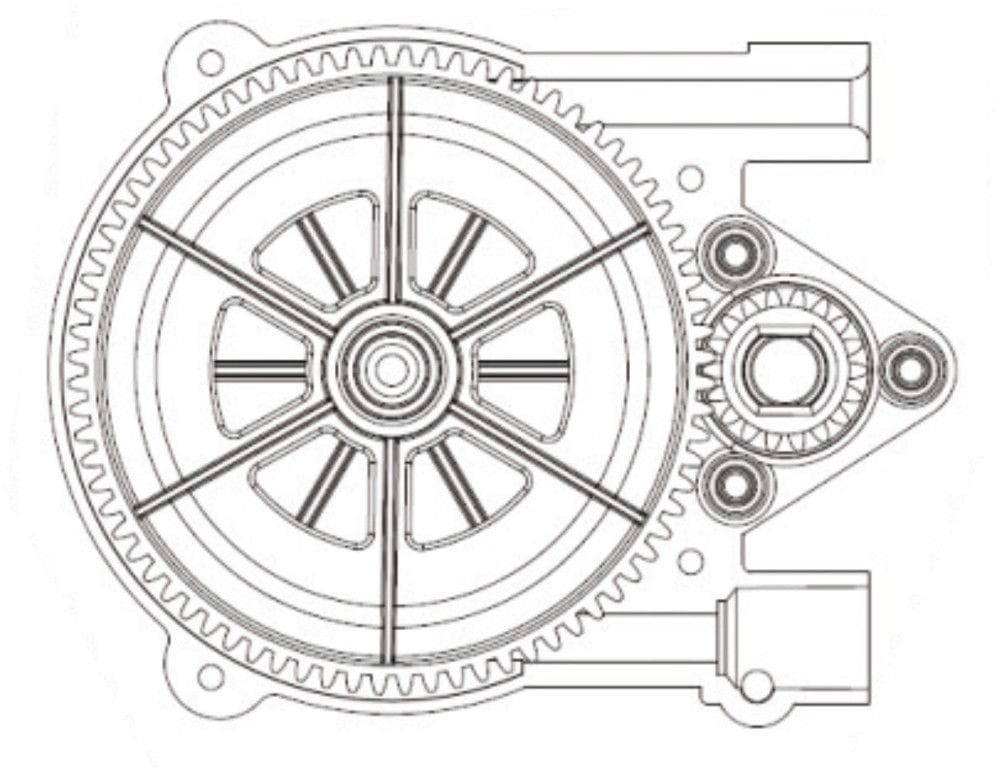
Planetary Gear Design
The Planetary Gear design uses three or more gears meshed internally which rotate on their own axis.
This design ensures uniform distribution of the torque, thereby ensuring longer life of the steering system with higher efficiency and lower feedback.
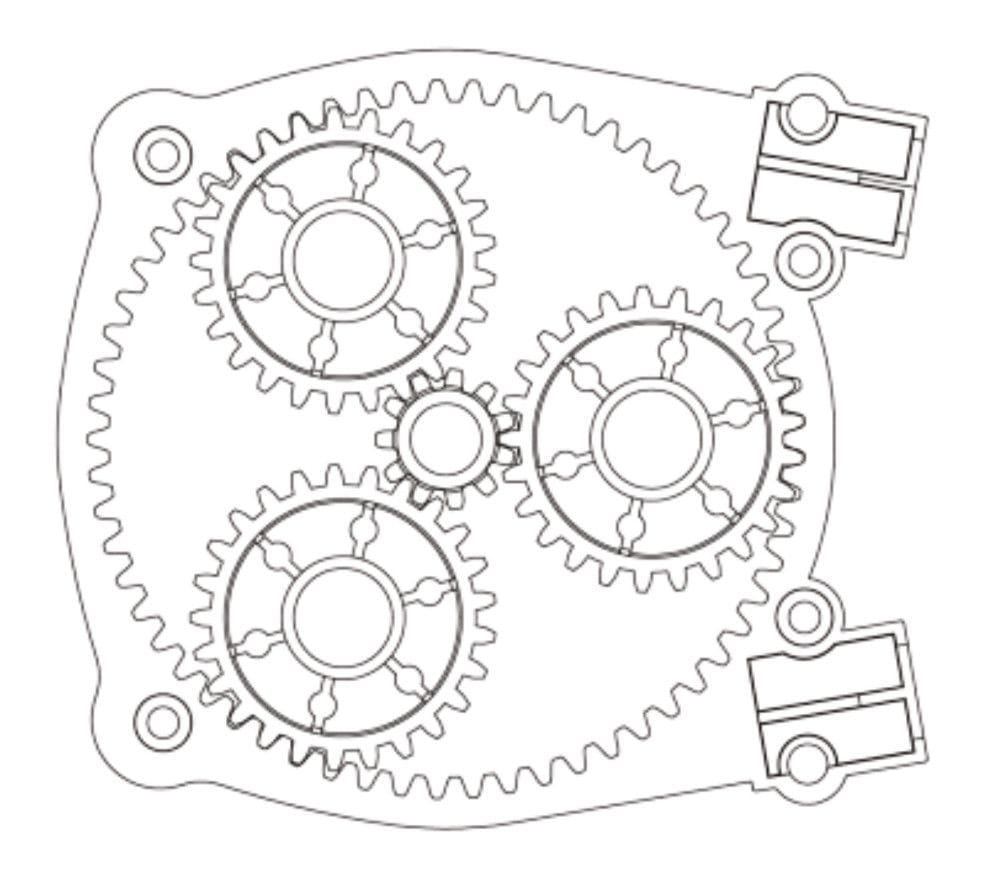
Non Reaction Rotary Gear Design
Mechanical Steering systems when fitted on outboard powered boats experiences propeller torque feedback on the steering wheel through the helm shaft.
This force needs to be compensated to keep the board on a straight course.
Non Reaction Helms compensate for propeller torque by locking the helm shaft via friction mechanism which is released only when the steering wheel is turned by the helmsman.
This ensures that the board remains on a straight course benefits the helmsman via less fatigue.

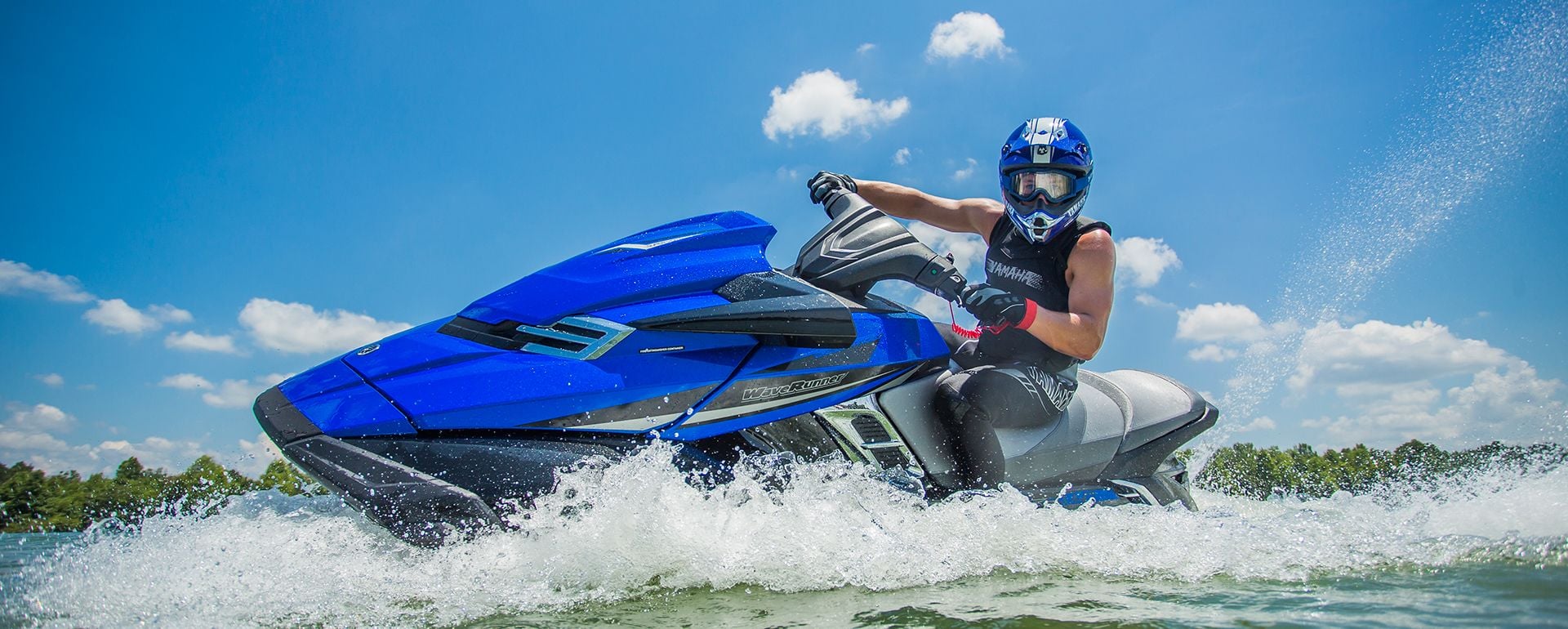)
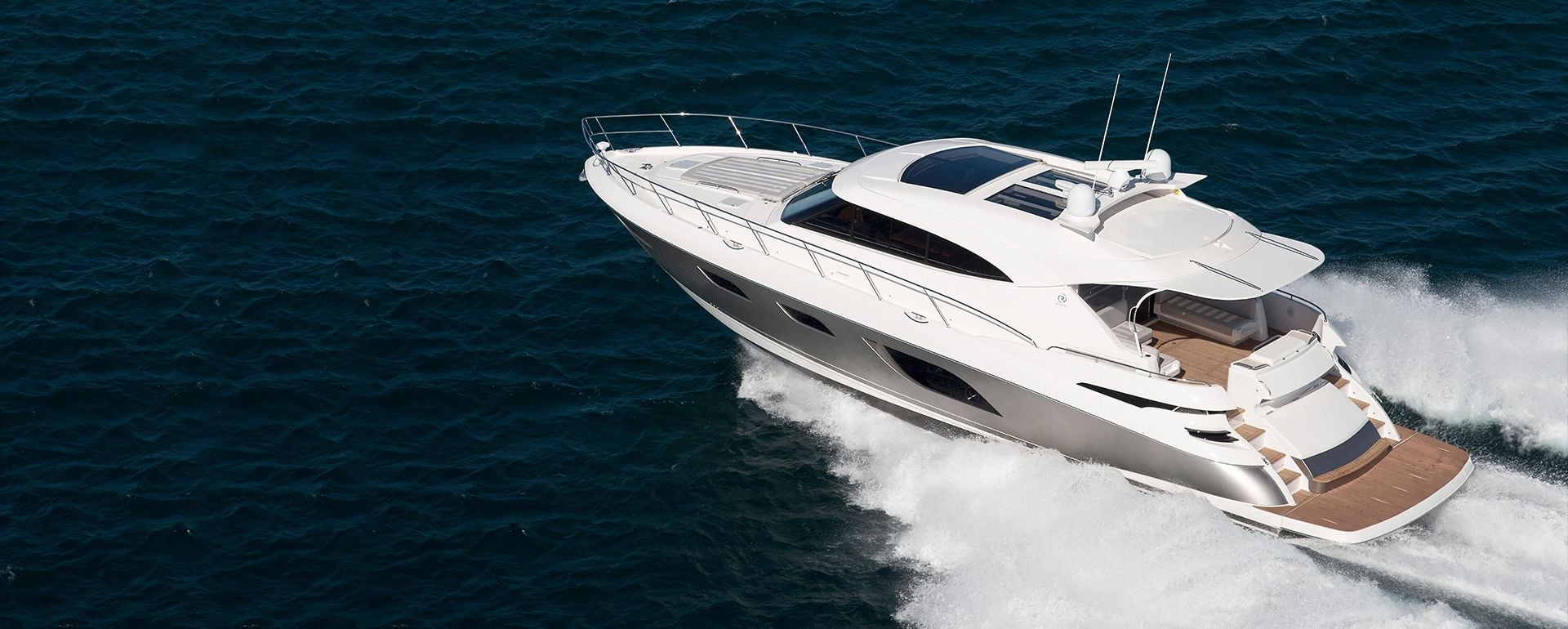)
)
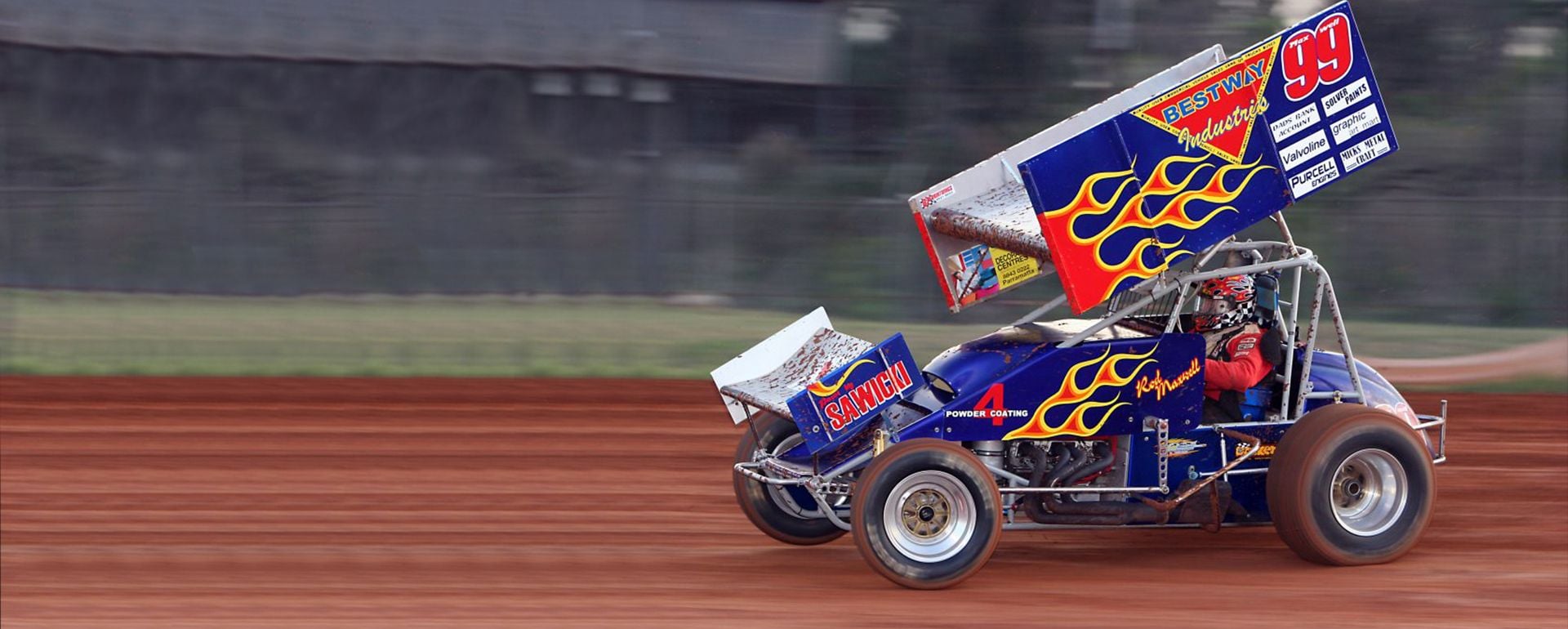)
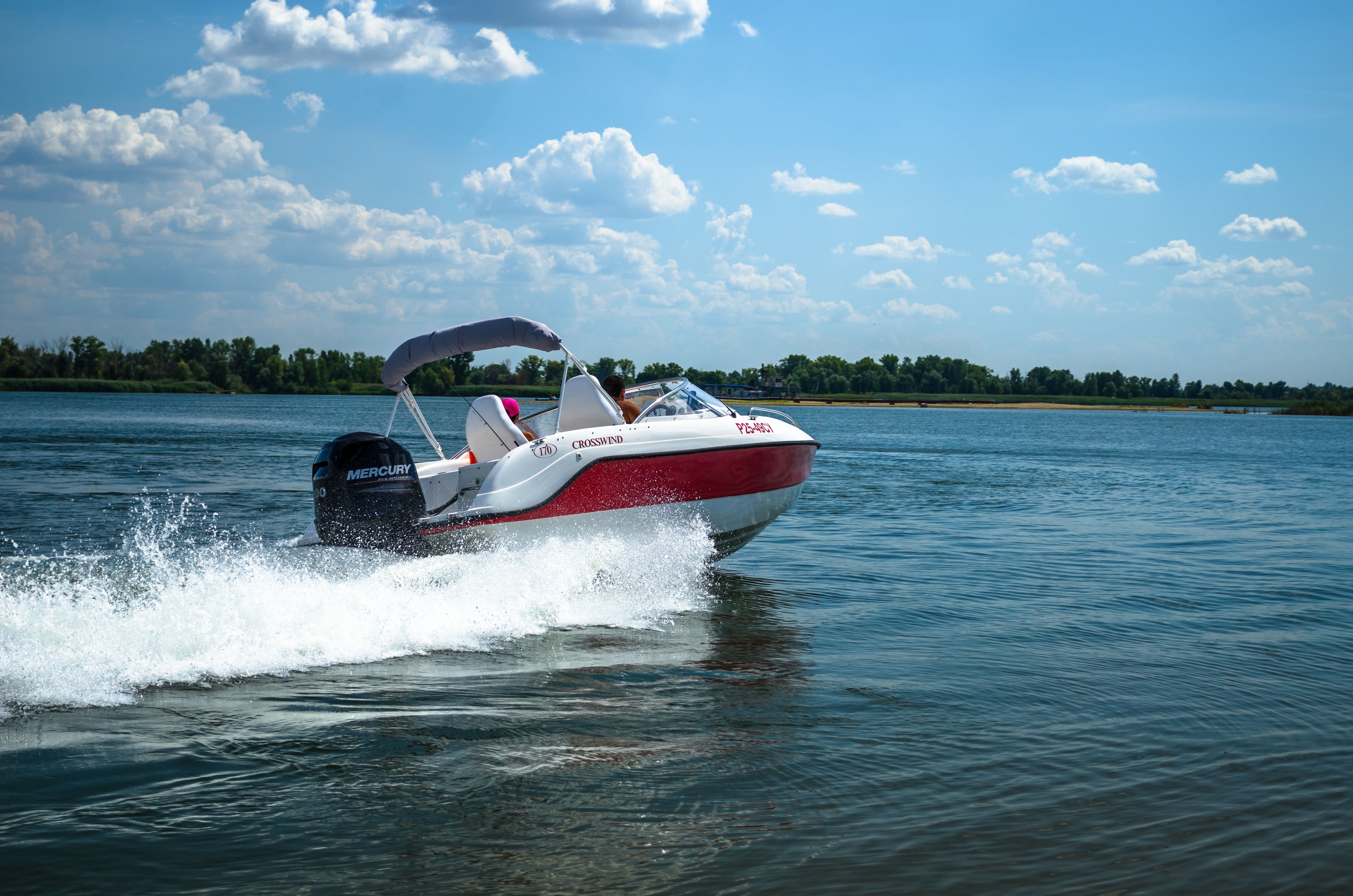)
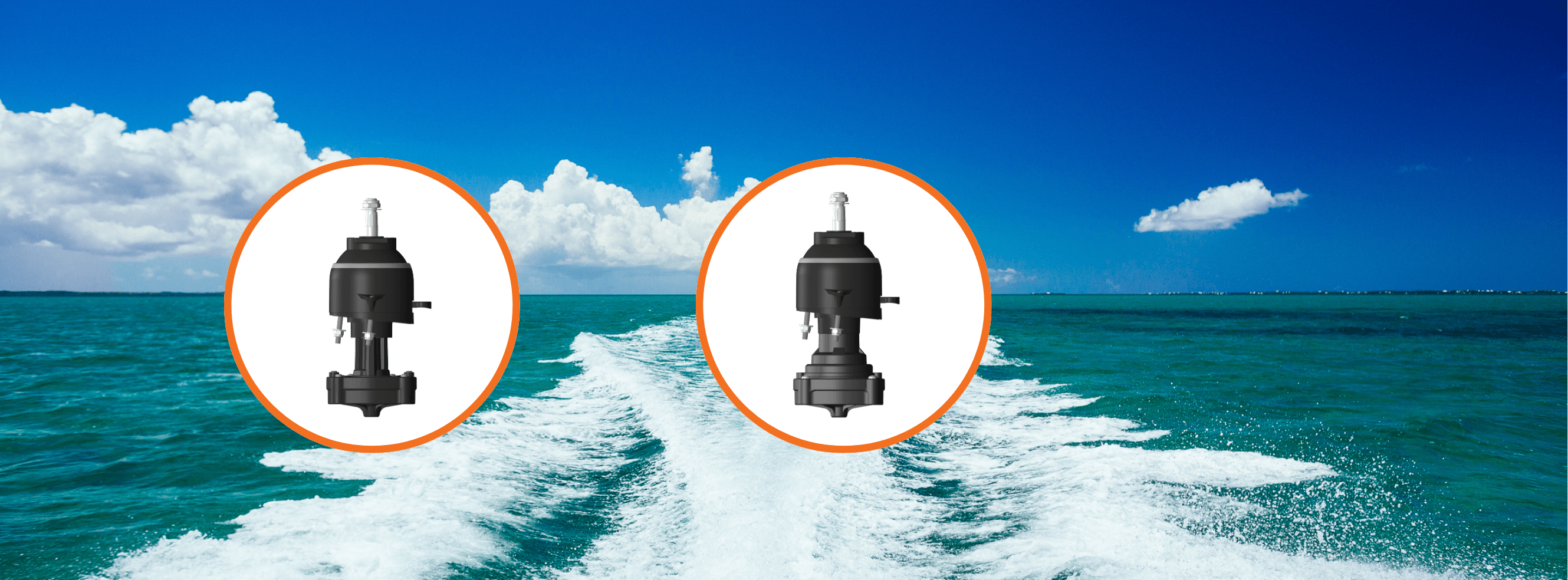)
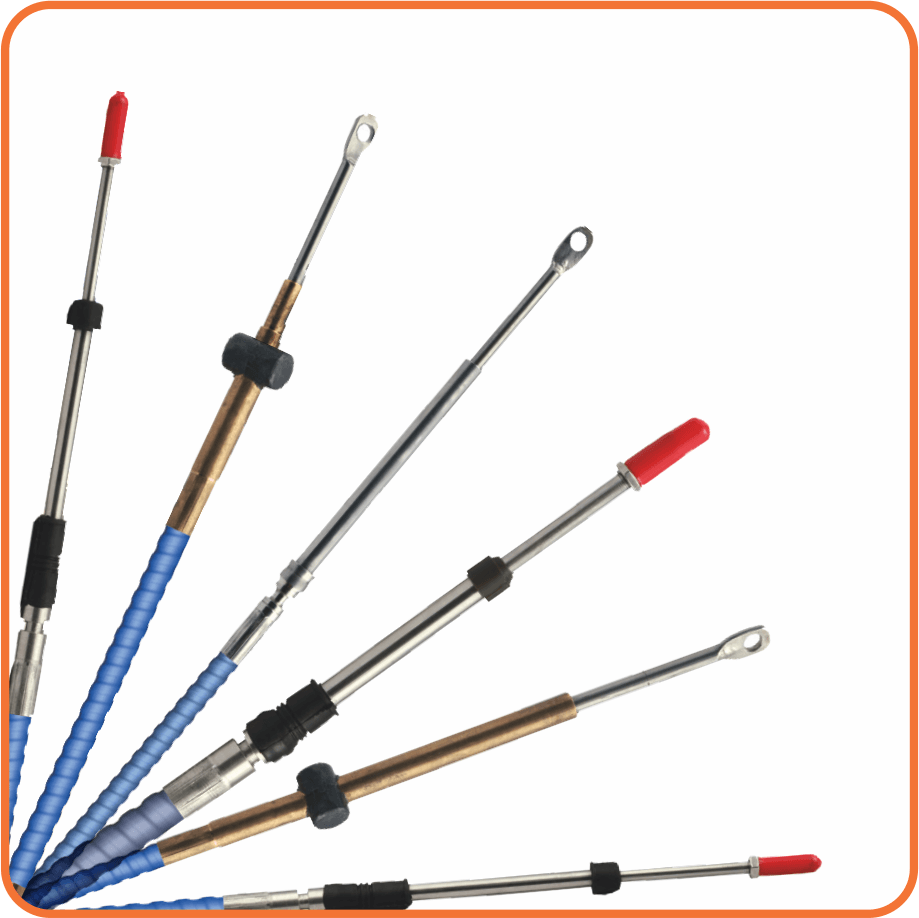)
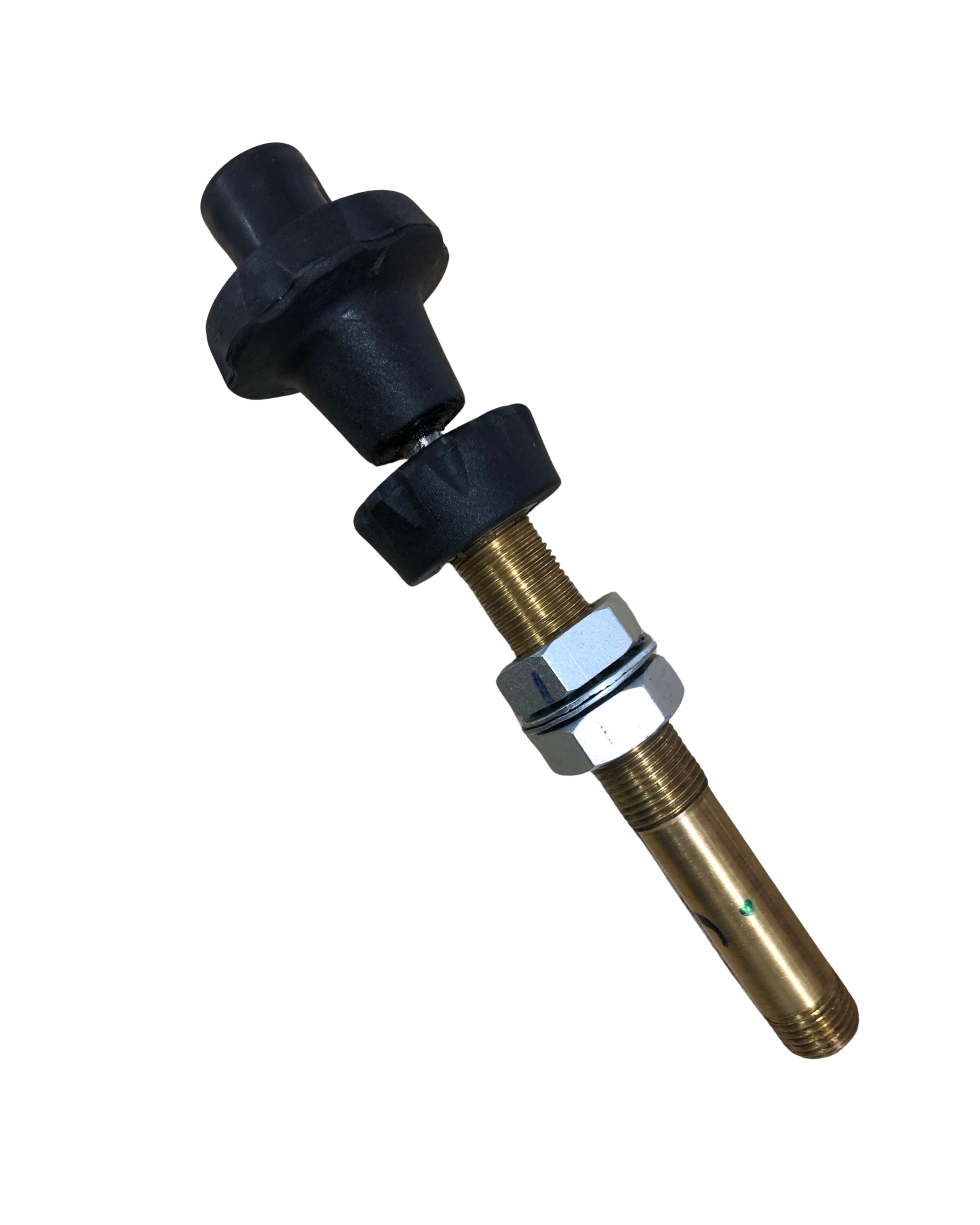)
